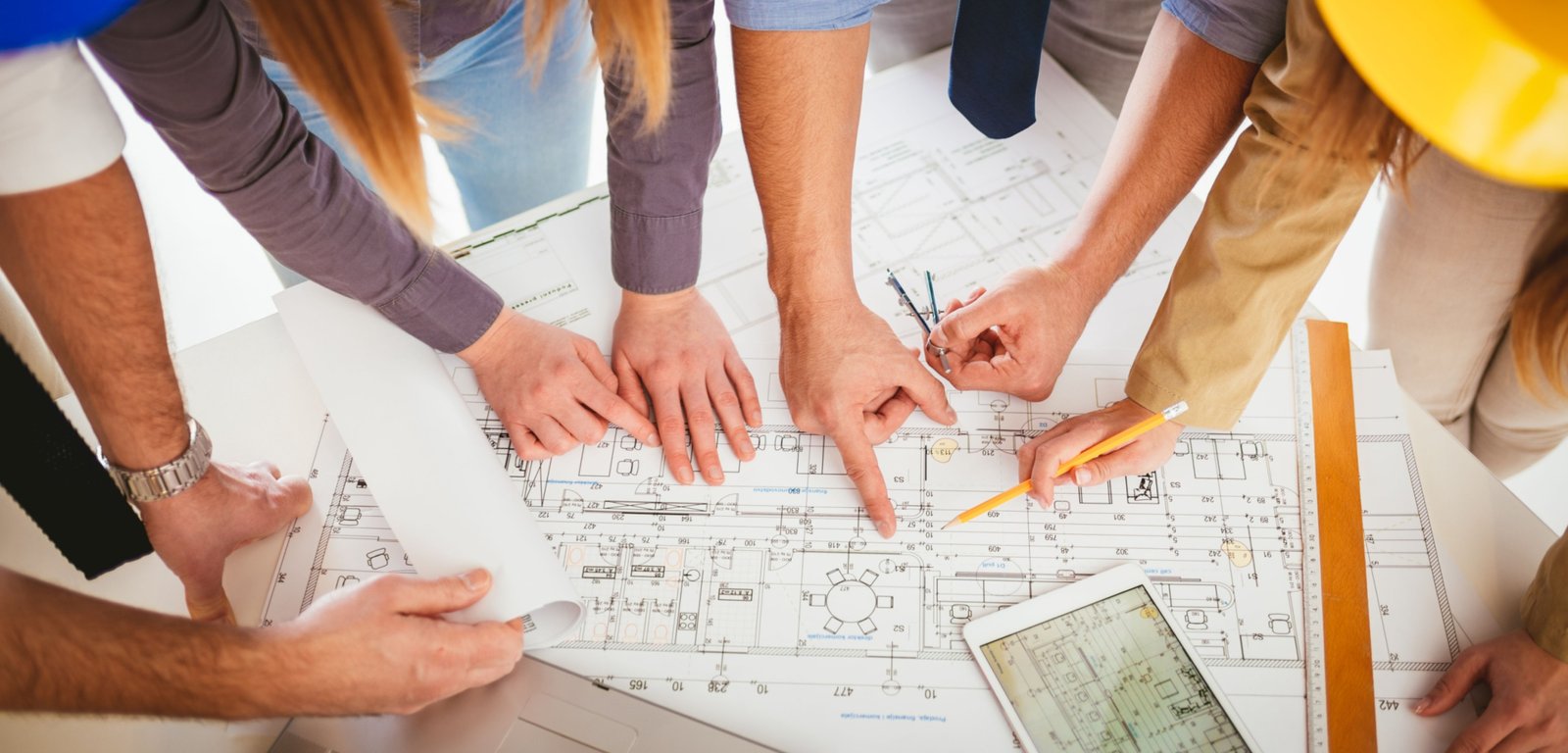No products in the cart.
Construction Design Management (CDM) is an essential part of the construction industry that focusses on safety, health, and efficiency. It involves planning, designing, and managing construction projects to reduce risks and improve outcomes.
The main aim of CDM is to enhance safety by identifying potential hazards early in the design phase and finding ways to manage or eliminate them. This approach not only protects workers and the public but also helps keep projects on track by reducing delays and costs related to accidents. By encouraging collaboration among architects, engineers, contractors, and other stakeholders, CDM ensures that safety and design are integrated smoothly from the start to the finish of a project.
What is construction design management?
The construction industry uses the Construction Design Management (CDM) framework to prioritise health, safety, and efficiency. Recognising and reducing potential hazards entails planning and overseeing the design, building, and planning stages.
By addressing safety concerns early in the design phase, CDM aims to reduce accidents and injuries. To seamlessly integrate safety precautions and design considerations, a variety of stakeholders, including architects, engineers, and contractors, must collaborate. In doing so, CDM lowers project delays, contributes to safer workplaces, and lowers expenses related to mishaps and inefficiencies.

How to perform design management in construction
Performing design management in construction involves several key steps to ensure that projects are completed safely, efficiently, and within budget. Here’s a simplified guide on how to effectively manage design in construction:
- Understand the Project Scope: Using it can clearly define the project’s goals, requirements, and constraints. This involves understanding the client’s needs and the project’s purpose.
- Assemble a Skilled Team: Bring together a team of professionals, including architects, engineers, and contractors, who have the expertise needed for the project. Effective collaboration among these stakeholders is crucial.
- Conduct Risk Assessments: Identify potential risks and hazards early in the design phase. This involves evaluating the site conditions, materials, and construction methods to anticipate and mitigate any safety issues.
- Develop a Comprehensive Plan: Create a detailed plan that outlines the project timeline, budget, and resource allocation. This plan should also include safety protocols and quality standards.
- Use Technology and Tools: Implement design software and project management tools to streamline processes, improve accuracy, and enhance communication among team members.
- Ensure Compliance with Regulations: Stay informed about relevant building codes, safety regulations, and environmental standards. Ensure that the design complies with all legal requirements.
- Facilitate Continuous Communication: Maintain open lines of communication among all stakeholders throughout the project. Regular meetings and updates help address issues promptly and keep everyone aligned.
- Monitor and Adjust the Design: Continuously monitor the progress of the design and construction. Be prepared to make adjustments as necessary to address any unforeseen challenges or changes in project scope.
- Evaluate and Learn: After project completion, conduct a thorough evaluation to identify successes and areas for improvement. Use these insights to refine future design management practices.
By following these steps, design management in construction can be performed effectively, leading to successful project outcomes that meet safety, quality, and budgetary goals.
What skills are necessary for design management roles in construction?
Design management roles in construction require a diverse set of skills to oversee and coordinate the design process effectively. Here are some key skills necessary for these roles:
- Technical Skills: A strong understanding of design and construction principles is essential. This includes the ability to use design software and interpret technical drawings and plans.
- Problem-Solving Skills: Design managers must be adept at identifying and resolving issues that arise during the design and construction phases. Creative problem-solving is crucial to addressing unexpected challenges.
- Leadership and Team Management: Leading a team of designers and coordinating with various stakeholders requires strong leadership and management skills. Design managers must motivate their teams and ensure that everyone works cohesively towards project goals.
- Communication Skills: Effective verbal and written communication is vital to convey ideas clearly and facilitate collaboration among team members, clients, and other stakeholders.
- Time Management: Managing multiple tasks and ensuring that projects stay on schedule requires excellent time management skills. Design managers need to prioritise tasks and allocate resources efficiently.
- Attention to Detail: Being detail-orientated helps design managers ensure that all aspects of the design meet quality standards and project specifications.
- Knowledge of Regulations and Standards: Familiarity with building codes, safety regulations, and industry standards is important to ensure compliance and avoid legal issues.
- Budgeting and Cost Management: Design managers should be able to manage budgets, control costs, and ensure that projects are financially viable.
By developing these skills, individuals in design management roles can effectively oversee the design process, ensuring that construction projects are completed successfully and meet all required specifications.







